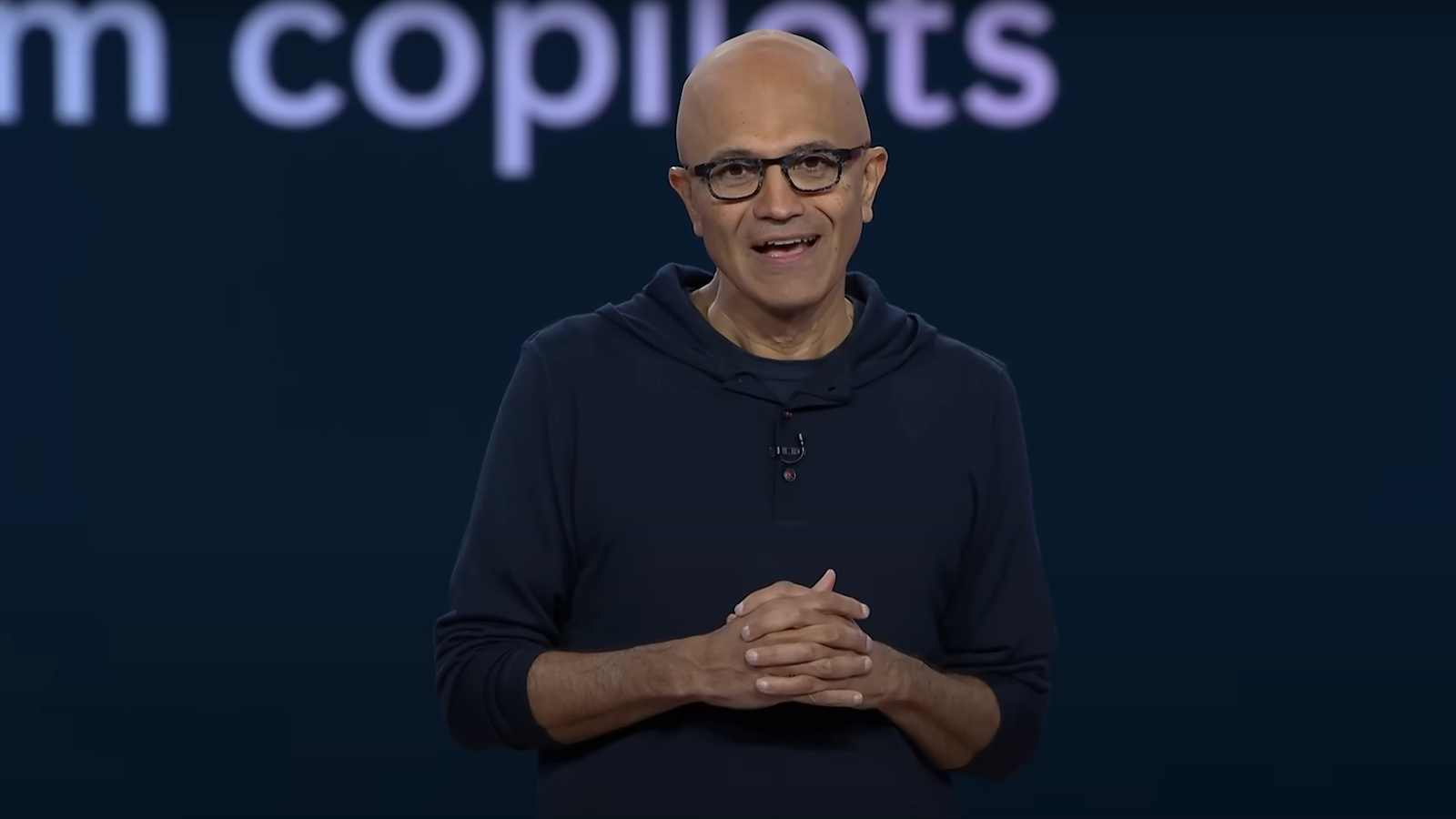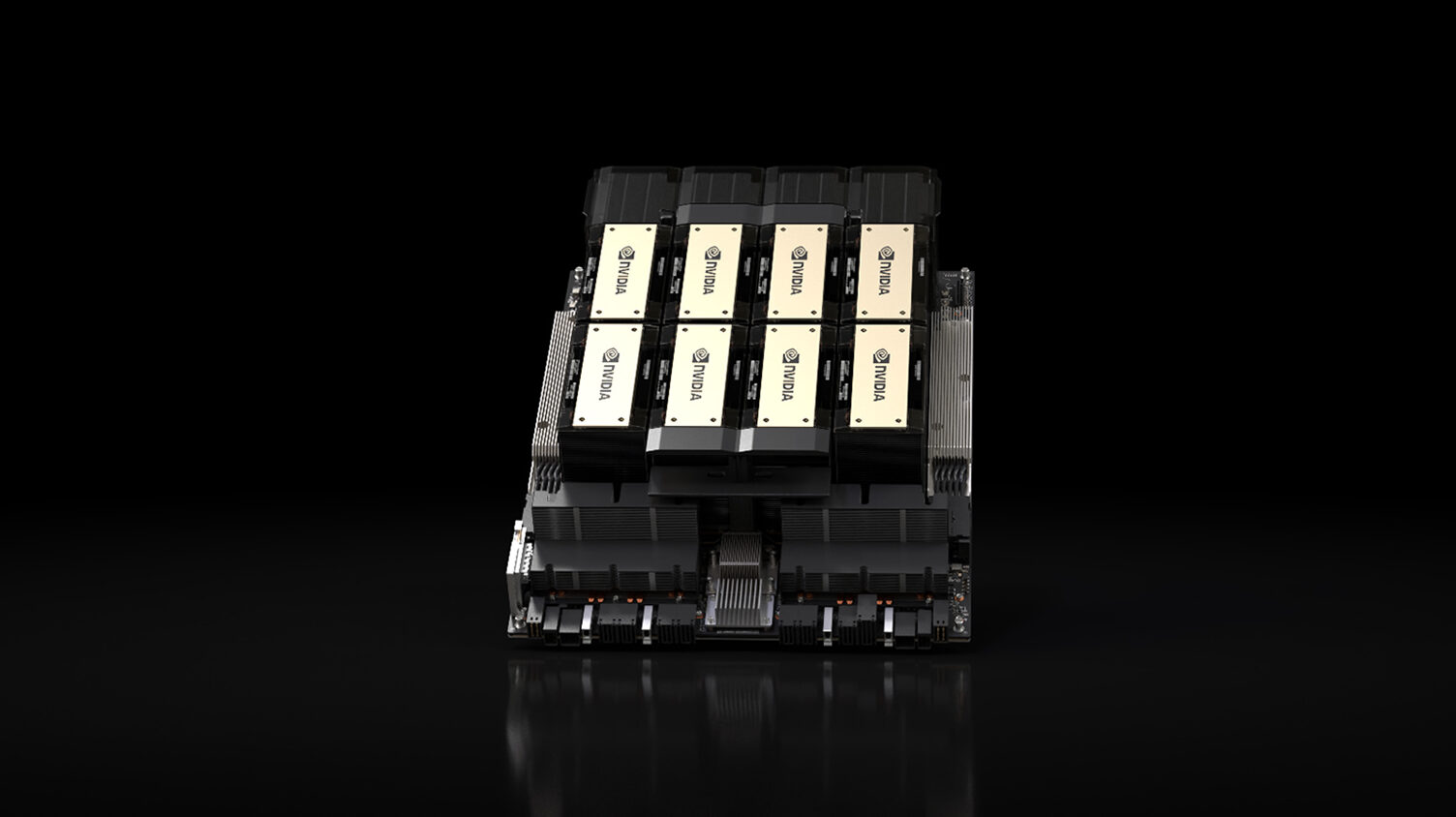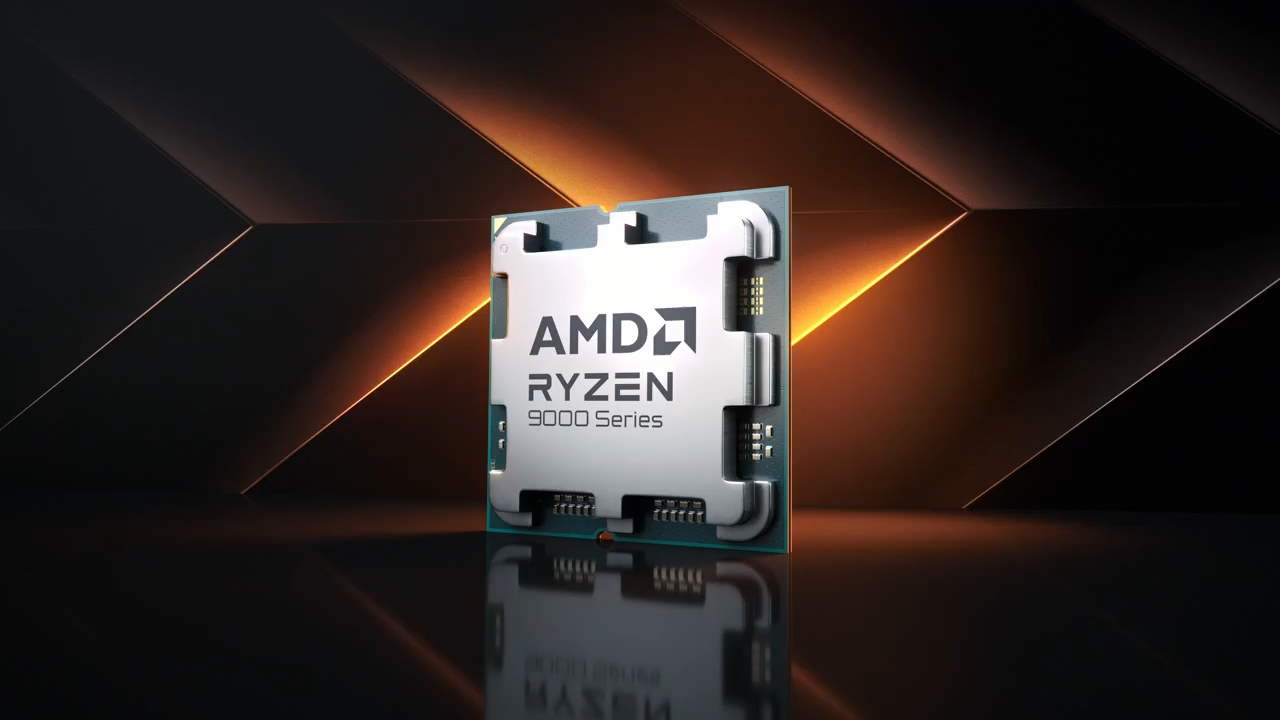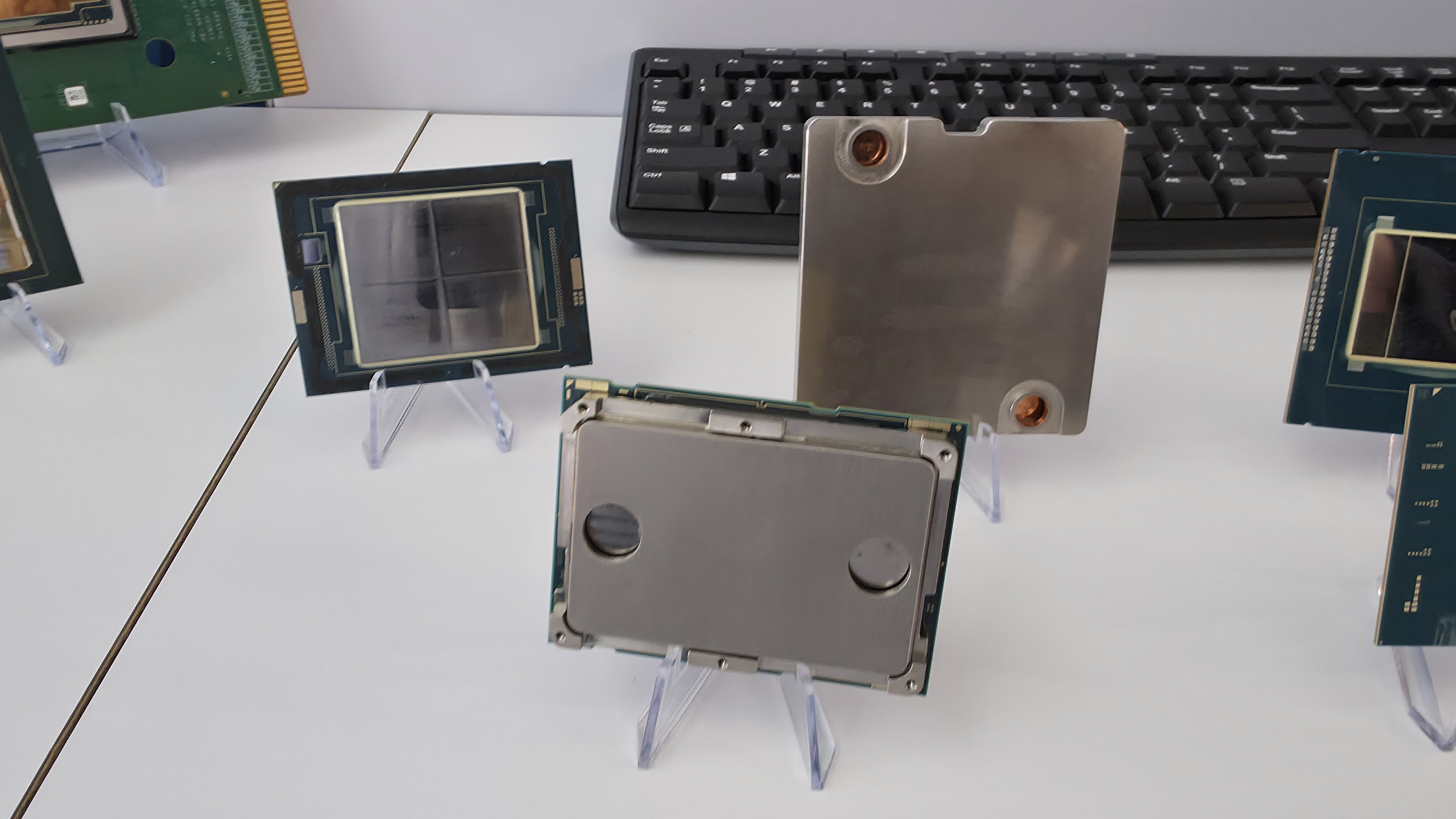Microsoft's CEO reveals that AI writes up to 30% of its code — some projects may have all of its code written by AI
That's almost one-third.

Microsoft CEO Satya Nadella revealed that the company now uses Artificial Intelligence to write between 20% and 30% of the code powering its software. Satya joined Meta CEO Mark Zuckerberg this Tuesday at the LlamaCon conference to discuss developments in AI and their contributions to the open-source ecosystem. The fact that a major company like Microsoft relies so much on AI underlines how this technology is revolutionizing software development. Still, it also draws attention to the growing unease and uncertainty experienced by fresh software developers.
Almost every company uses Artificial Intelligence to a certain extent. At its Q3 financials last year, Sundar Pichai revealed that 25% of new code at Google is AI-generated. As it stands, AI is mostly there to power repetitive, data-heavy, and predictable tasks, which would yield a noticeable gain to corporate efficiency by cutting down on entry-level jobs. While it is true that AI-generated code has improved significantly over the recent years, it still requires senior developer oversight to ensure the production environment doesn't go haywire.
Mark and Satya spent part of their discussion detailing each company's AI adoption scale. AI generates one-third of the code in Microsoft's repositories and projects. The Meta CEO didn't provide an exact figure, but did outline plans for a future AI model to build and create future iterations of their Llama AI models. Although using AI to design AI might sound counterintuitive, there's an entire dedicated field that focuses on automating this design process, called AutoML.
“I’d say maybe 20%, 30% of the code that is inside of our repos today and some of our projects are probably all written by software,”
Satya Nadella, CEO of Microsoft
Microsoft is seeing better results with AI-generated Python code than C++, remarked Satya Nadella. There are several good reasons, including Python's simpler syntax, dynamic typing style, error handling, and memory management, since C/C++ don't natively feature a garbage collector. Likewise, C/C++ are mainly related to low-level code, which can be challenging to automate. You probably wouldn't want AI to be writing the next major Windows update.
Such developments naturally lead to job displacement concerns for new programmers, particularly in today's competitive job market. That said, it would be unwise for a software developer to ignore AI or become overly dependent on it. A balanced approach, with a grasp on fundamentals, knowing how to leverage AI as a tool, and strong critical thinking skills, appears to be the best way forward. Though the future is hard to predict, this percentage will probably change.
Follow Tom's Hardware on Google News to get our up-to-date news, analysis, and reviews in your feeds. Make sure to click the Follow button.
Stay On the Cutting Edge: Get the Tom's Hardware Newsletter
Get Tom's Hardware's best news and in-depth reviews, straight to your inbox.

Hassam Nasir is a die-hard hardware enthusiast with years of experience as a tech editor and writer, focusing on detailed CPU comparisons and general hardware news. When he’s not working, you’ll find him bending tubes for his ever-evolving custom water-loop gaming rig or benchmarking the latest CPUs and GPUs just for fun.
-
-Fran- This speaks more of the quality of the developers they have for important things at Microsoft.Reply
Regards. -
Eximo Doesn't explain the silly UI changes, I hope.Reply
I spent about 20 minutes trying to find a single setting in Outlook the other day. Even the Microsoft page on it was outdated, it got me there, but it was frustrating. Also to know that Microsoft knows this is confusing and has a page dedicated to it.
Couldn't find the about page to see what version of Outlook was running. On newer visual themes it is under settings, under general. On older themes it is under Account for some reason, completely outside the settings menu. Even after finding it, it did little to help me track down what I should be looking for, as apparently version matters less than what the default theme was when Outlook was installed.
There are basically three visual interfaces for Outlook (desktop) floating around, and the web version of course, and they have certain menu options in completely different menus/sub-menus. Sometimes on the ribbon, sometimes only in the options menu. There are two main different ways that the options menu can be accessed.
Windows is going down the same track, but I am actually somewhat hopeful that they retire control panel so that I can stop re-discovering that a setting has moved. -
BFG-9000 I remember AMD once bragged that their latest microarchitecture would be mostly designed using automated tools rather than time-consuming manual hand-optimization of layout. The result was Bulldozer and we all know how that turned out. They had no choice but to turn the clocks way up but it still wasn't competitive with Sandy Bridge.Reply -
CelicaGT Two words.Reply
"Package Hallucination"
Turns out LLM written code isn't yet the golden goose it'a made out to be. -
TerryLaze Reply
Meh, instead of having some intern/low level coder miss-type a bunch of data you get an automated process to input it all without mistakes.
As it stands, AI is mostly there to power repetitive, data-heavy, and predictable tasks, which would yield a noticeable gain to corporate efficiency by cutting down on entry-level jobs. -
Alvar "Miles" Udell Seeing this makes me think back to the Bulldozer days of AMD when they said the majority of their archetecture was computer designed instead of human, which led to a large amount of waste (up to 50% I think) of die space as well as other inefficiencies, which is one of the reasons that when they hand designed the Zen 1 archetecture it was able to have an immediate 50% performance improvement.Reply
I imagine the same thing is present in AI written code that isn't refined by senior human developers, probably many unnecessary lines and unoptimized code being used resulting in a performance penalty. Companies like Microsoft are probably taking that AI code that used to be done by junior members and refining it, but that's going to lead to a big issue if they don't continue to have junior members who know what they're doing to take the place of retiring seniors.









